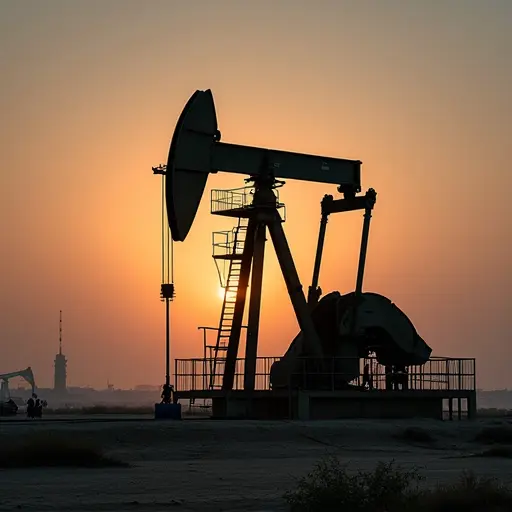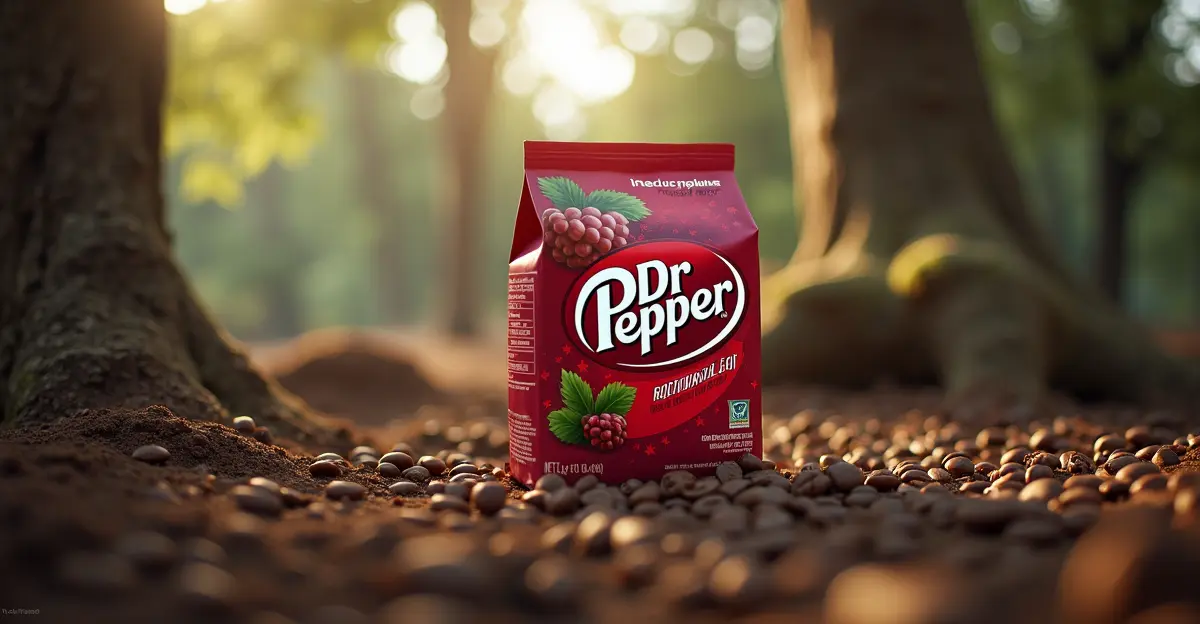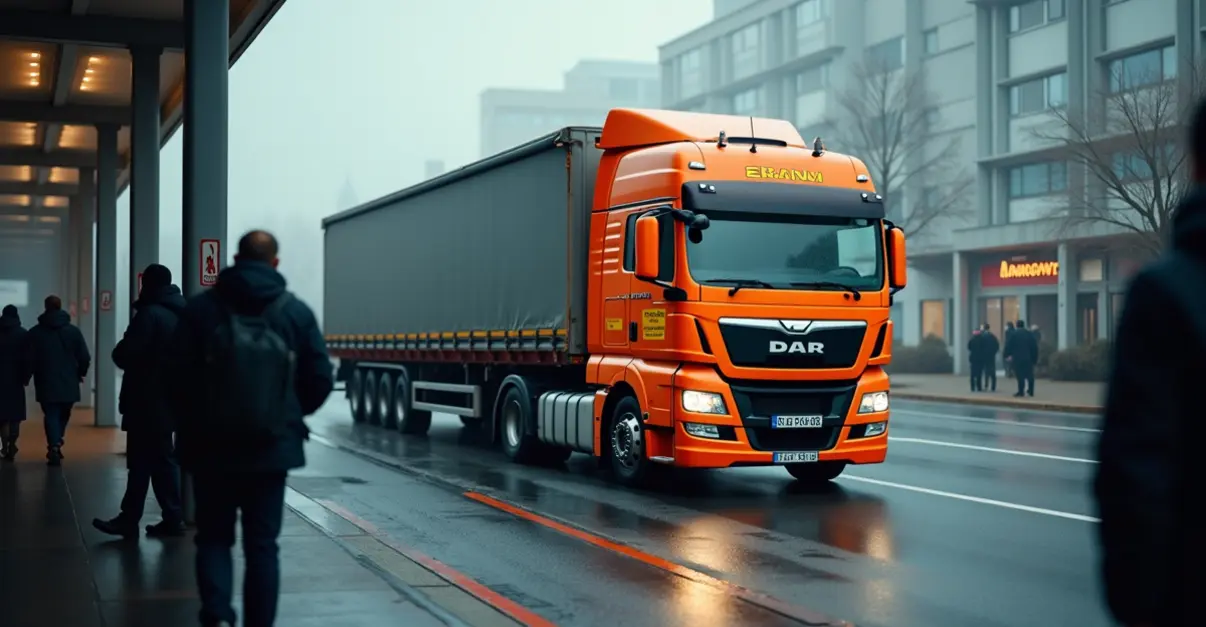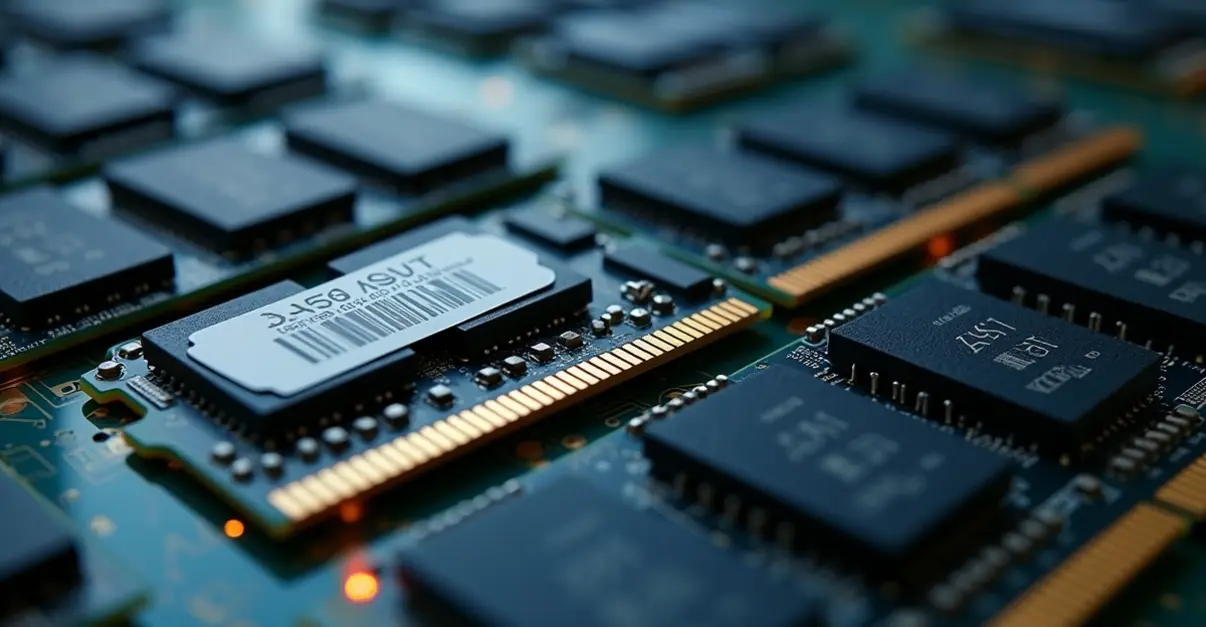European potato farmers face prices as low as 5 cents/kg due to record harvests, but consumers won't see cheaper fries because processors are locked into high-priced contracts and face rising production costs.
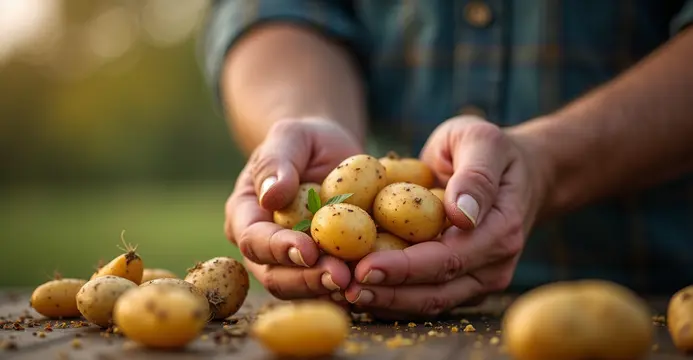
European Potato Market Faces Perfect Storm of Oversupply
The European potato market is experiencing an unprecedented crisis in 2025, with farmers receiving as little as 5 cents per kilogram for their potatoes while consumers continue to pay premium prices for French fries and potato products. This paradox stems from a complex system of contract farming and market dynamics that have created a two-tier pricing structure.
Record Harvest Creates Oversupply
Following an exceptionally favorable growing season across Northwest Europe, potato yields have reached record levels. The EU potato area surged by 77,000 hectares (+5.5%) to a total of 1.47 million hectares, marking the strongest growth in years. The EU-4 countries (Germany, France, Belgium, and Netherlands) now cultivate over 600,000 hectares of processing potatoes, representing a 7.5% year-on-year increase.
Contract vs Free Market Dynamics
Approximately 85-90% of processing potatoes are grown under contract arrangements that guarantee farmers fixed prices, typically around €20 per 100kg. These contracts provide stability for both farmers and processors, ensuring consistent supply regardless of market fluctuations. However, the remaining 10-15% of potatoes are traded on the free market, where prices have collapsed to historic lows.
Global Competition Intensifies
European potato processors face mounting pressure from international competitors. Countries like India, China, and Egypt have dramatically increased their potato production and processing capabilities. India's fries exports grew by 35% over the past year, while China's soared by 75%. These nations benefit from lower production costs and improving product quality, challenging Europe's traditional dominance in the global fries market.
Why Consumer Prices Remain High
Despite the potato price collapse, several factors prevent price reductions for consumers:
- Fixed Contract Prices: Processors are locked into high-priced contracts signed before the harvest
- Production Costs: Energy, labor, and transportation costs have increased significantly
- Long-term Agreements: Retailers and fast-food chains have fixed-price contracts with processors
- Limited Benefit: Potato costs represent only about 40% of the final fries price
Farmer Dilemma and Market Outlook
Farmers who expanded production without contracts now face severe financial pressure. Many are forced to sell their potatoes for animal feed at minimal prices or even dispose of surplus production. The situation highlights the risks of agricultural speculation and the importance of contract farming in managing market volatility.
Industry analysts warn that this oversupply situation may continue into 2026, potentially leading to structural changes in European potato farming. Farmers are likely to reduce planted areas and seek more secure contract arrangements, while processors may need to adapt to increased global competition.

 Nederlands
Nederlands
 English
English
 Français
Français
 Deutsch
Deutsch
 Español
Español
 Português
Português




